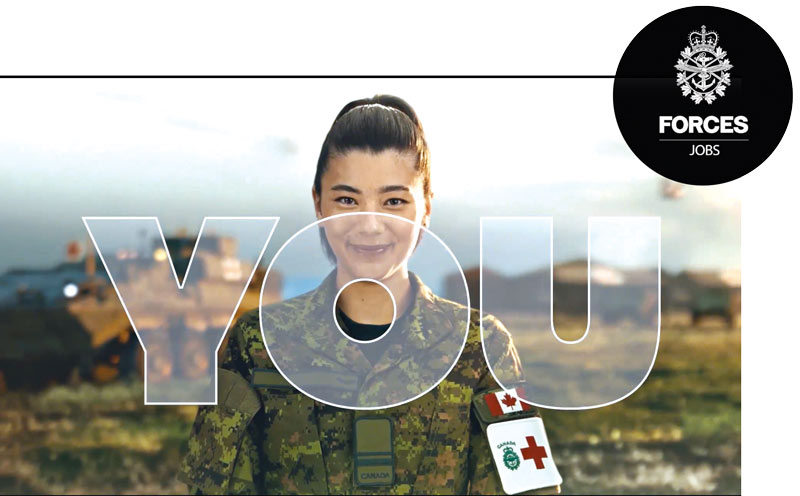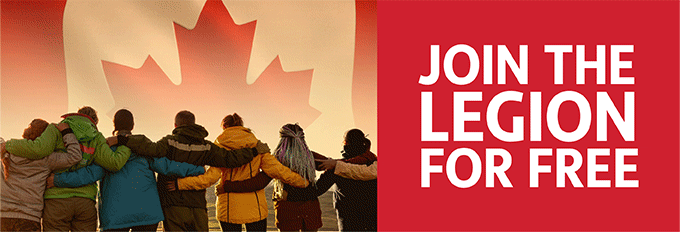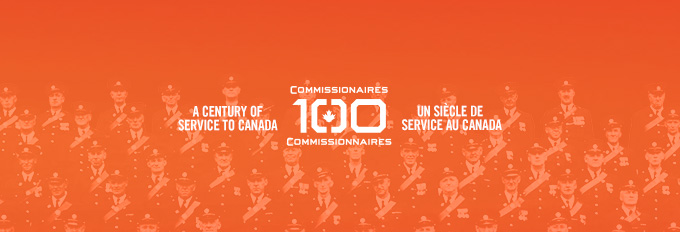Tens of thousands of people want to join [Canada’s] military but we’re snubbing them,” wrote John Ivison in a column for the National Post at the end of May 2024. The piece confirmed information published by the Toronto Star earlier in the month that the Canadian Forces Recruiting Group had received 70,080 applications for the Canadian Armed Forces in 2023-2024, but enrolled only 4,301 new recruits. At a time when the CAF is running at least 16,500 below its current year enrollment targets, the articles raise serious questions about the country’s recruitment process.
When the armed services are so far below the optimum strength set for them by the government, it means that there aren’t enough senior personnel to train new recruits. A professional Canadian service person needs to not only know how to march and shoot, but also should be trained in a wide aspect of modern warfare technology, from working with drones to communicating using highly technical digital radios, not to mention deadly weaponry.
The lack of recruits also means there aren’t enough personnel to fly the country’s military aircraft and fill its infantry battalions, nor enough sailors for its naval vessels or enough supply-and-support workers to keep everything shipshape. And while Canada’s four 1980s-era submarines are barely seaworthy—having spent just 228 days at sea combined from 2000-2023—that hardly matters as there aren’t enough submariners to operate them.
The system’s ultimate fault is that it’s not designed to attract the best and brightest who want to serve.

In the fall of 1997, I was invited to, and participated in, the defence minister’s Monitoring Committee for the Department of National Defence and the Canadian Armed Forces. Art Eggleton, a former mayor of Toronto, had assumed the defence portfolio and received reports from a number of parliamentary investigations into many aspects of life in, and the performance of, Canada’s military in the aftermath of the so-called Somalia Affair.
In 1993, a Somali teenager had been beaten to death over several hours one night by Canadian paratroopers serving in a UN-backed humanitarian mission in the African country. Members of the same regiment had previously shot a number of Somalis to death. The subsequent inquiries appointed to examine the CAF found there was plenty wrong.
One of the main conclusions of the Special Committee on the Restructuring of the Reserves, for instance, was that the recruiting system just didn’t work. People wanting to join the reserves experienced lost files, a broken communication system, delays in medical examinations, transfers from the regular force that took months and, in some cases, years, and numerous other challenges. The recruiting system for the regular force was somewhat better, but stumbled, for example, on security clearance issues. Keep in mind, this was nearly 30 years ago. Many, if not all, of the same issues still exist.
Case in point: an individual who retired from the reserves as a captain several years ago, who held a PhD in security studies, was awarded the Order of Military Merit and served two tours in Afghanistan, considered returning to the naval service. He was eventually cleared to rejoin…as a cook. He declined the offer.
Canada’s recruitment system is broken in numerous ways, and has been for a long time. Auditor general reports from 2002 and 2006 found issues with training recruiting staff, the quality of the tools used to assess applicants and processing in general, which caused people to withdraw applications. They weren’t meeting recruiting targets 20 years ago and subsequently made no plans to meet them.
The system’s ultimate fault is that it’s not designed to attract the best and brightest who want to serve. Instead, it’s designed to keep the worst of this country’s young people from joining. In the words of the young former captain, it’s a defensive system designed to keep people out, not an offensive system designed to entice them.
The most significant challenge for Canada’s military isn’t the need for modern kit, it’s the need for a smart cohort of young and educated people who want to challenge themselves for the most difficult job any country can offer—to go into harm’s way to guard those of us at home. Standing on guard is hard enough without having to claw through the narrow doors of a thoroughly broken recruitment system.
Advertisement



















